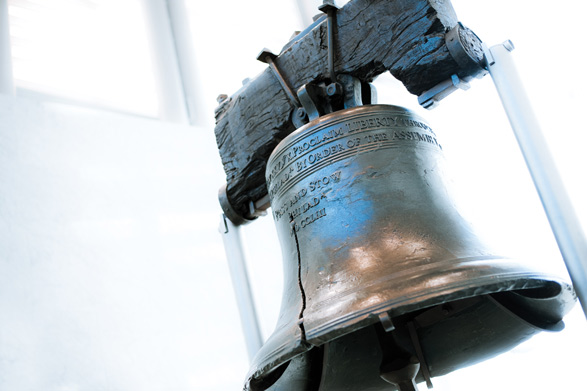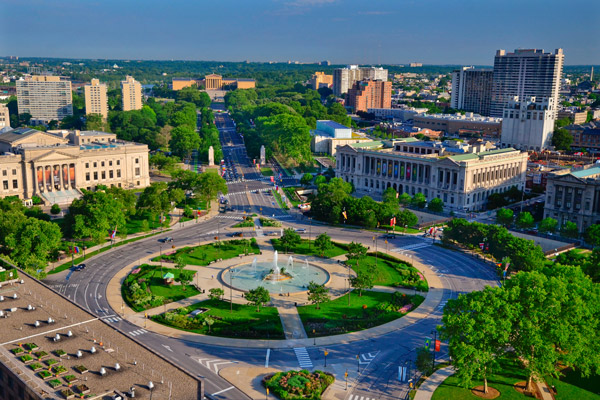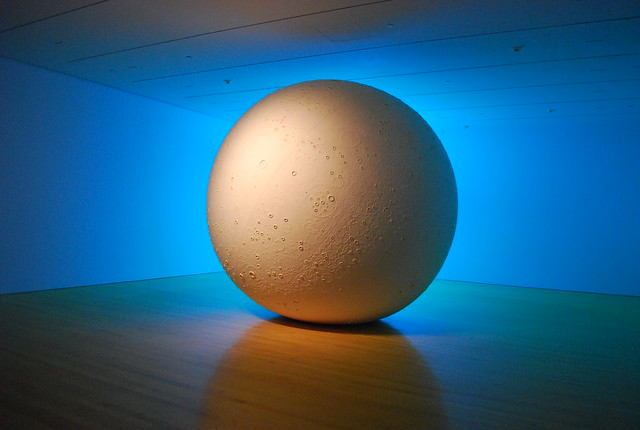Hoy la Caraba se viste de fiesta al contar con la colaboración de Ulises, persona de una ternura, humanidad y conocimientos infinitos que hemos tenido la gran suerte de conocer y de poder entablar una relación familiar desde el momento que nuestros caminos se cruzaron.
Pude enseñarle las bellezas del lugar en el que vivimos y saboreamos juntos una paella de las de aquí, de esas que dejan huella. Compartimos vivencias, aficiones y luego partió hacia Estados Unidos donde reside.
Gracias a internet nos hemos mantenido en contacto y aceptó con entusiasmo la invitación para colaborar con sus escritos en la formación de mis alumnos embarcándonos en una aventura sorprendente.
En esta entrega publicaré el primero de los viajes que nos propuso, su estilo directo hizo que algún alumno pensara que realmente íbamos a realizar el viaje, tal era la cercanía que transmitía.
También podeis leer la introducción que le pedí recientemente como presentación y que me acaba de llegar junto con una foto que nos ayuda a tenerlo más cerca.
Gracias Ulises, siempre en nuestros corazones, sabes que estaremos encantados de verte de nuevo por aquí, nos han quedado muchos lugares encantadores por mostrarte.
INTRODUCCIÓN
El artículo “Viaje de
Estudiantes a Valle Forge y Comunidades Cercanas”
Students’ Trip to Valley Forge and Neighboring Communities,
es uno de los viajes imaginarios en los
Estados Unidos de América escritos por Ulises Alvarado Garcés para estudiantes
de 5º y 6º de Primaria del Colegio Público Santa Anna de Quartell, Valencia en la Comunidad Valenciana.
El autor envió estos artículos a la
maestra, Sra Pilar Puerto Sebastián con el propósito de proveer lecturas
en inglés a los estudiantes de ese idioma.
Alvarado es un ingeniero de sistemas que reside en la
región de Valley Forge, cerca de Filadelfia, Pennsylvania. Él ha escrito artículos
y cuentos para jóvenes, además de artículos del tema de vuelos espaciales y el
futuro de la tecnología.
March
31st, 2012
Dear students,
I am delighted
to be able to communicate with you through the Internet and I thank your kind
teacher, Señora Pilar Puerto Sebastián for making this exciting project possible.
Last autumn I had the pleasure of visiting Valencia
Together
we will travel to the region of the United States of America Philadelphia Pennsylvania Valley Forge , where I live. Valley
Forge is well known because this is where General George Washington formed an
army to fight for the independence of the United States.

Now, gather your
luggage and together lets go to the city of Philadelphia Pennsylvania Philadelphia

As
our airplane gets closer to Philadelphia Delaware
River and the Schuylkill River Delaware River because they connected
the city with the Atlantic Ocean , and thus with
the rest of the world. The Schuylkill
River

After
landing at the Philadelphia
Airport United
States Schuylkill River Chestnut Street
The
next morning we are ready for a busy day of sightseeing. First, we visit the
taller of two skyscrapers called “Liberty
Center Liberty Center
Back
downstairs, we walk on Chestnut
Street Sixth Street Philadelphia Washington Square Washington
Square United
States

After a few
minutes walking around admiring the historic splendor of the area, we join a
group of tourists who are entering Independence Hall. The inside of this
building contains the original document of the Declaration of Independence, the
famous document that told the world that the original thirteen colonies were
now free from England

A
short walk from Independence Hall is the Liberty Bell that rang during the main
events of the United
State

Next
to the building housing the Liberty Bell is the National Constitution
Center United States America America Valencia Rome America Spain

We
take a tour bus to take us to other places that are too far to walk. We visit
City Hall, a large building that occupies an entire city block. Here is where
the Philadelphia Mayor and the city Council direct the city government. It’s a
remarkable building, with dozens of statues and ornaments, and a great deal of
marble. The principal streets of the city, Market and Broad streets intersect
at City Hall, and we go to a courtyard
(una plazita) located on the ground-floor of the building.

The
next stop is the Reading Terminal Market, on Twelfth Street Philadelphia Valencia

The
Philadelphia Convention Center America
The
tour bus takes us to Logan Square Benjamin
Franklin Parkway Paris Rodin Museum Barnes Museum Spanish Museum Madrid Spain

When
we exit the main building of the Museum
of Art Schuylkill River Philadelphia Thames River England Faimont Park
Next we go across
the Philadelphia Museum of Art to the Perelman Museum
Building

In
the evening, we decide to go to Penn’s Landing, a park on the banks of the Delaware River named after the spot where William Penn,
landed after traveling from England Ben Franklin
Bridge

A
big fireworks follows, and it makes many of you remember the wonderful “Fallas”
in Valencia Philadelphia Philadelphia
I
hope you enjoyed this virtual trip with me and hope we can do this again soon.
Abrazos a todos de su amigo,
Ulises Alvarado
Garces

Quin gust més gran!
ReplyDelete